Do you know these facts about Dala horses? The Dala horse is a symbol of Sweden that we all know. But do you know how they came to be, why they were once considered "the devil's toy" or where you can find the world's largest Dala horse?
Table of contents
Our relationship with Dala horses
The Dala horse has always been there in some way, as part of growing up in and living in Sweden. This year, for obvious reasons, we as travel bloggers have had a greater focus on Sweden than ever.
At the same time, this summer we opened a web shop (Note, we are now advertising our own shop!) where we have many smart and fun Dala horse themed giftsmade by the Swedish company Pufz. After reading up on Dala horses, and finding a lot of interesting information, we decided to write a whole post about this popular horse.
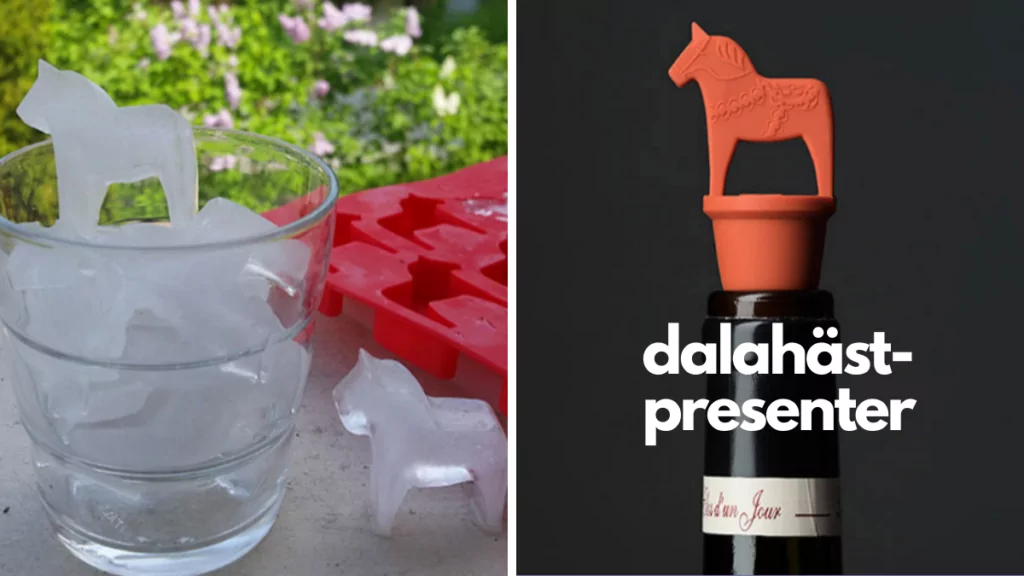
Facts about Dala horses
Here we have gathered a number of interesting facts about Dala horses. The information has been collected from Visit Dalarna, Dalarna Museum, Wikipedia and newspaper articles as well as from the two manufacturers of Dala horses in Nusnäs: Nils Olsson Dalahästar and Grannas A Olsson Hemslöjd. Enjoy!
1. The Dala horse comes from Mora
In the 18th century, people in the villages around Mora carve wooden horses, and the oldest Dala horses are even older than that. Many people carved in the evenings to pass the time, and then the horses were sold on as toys by travelling farm traders.
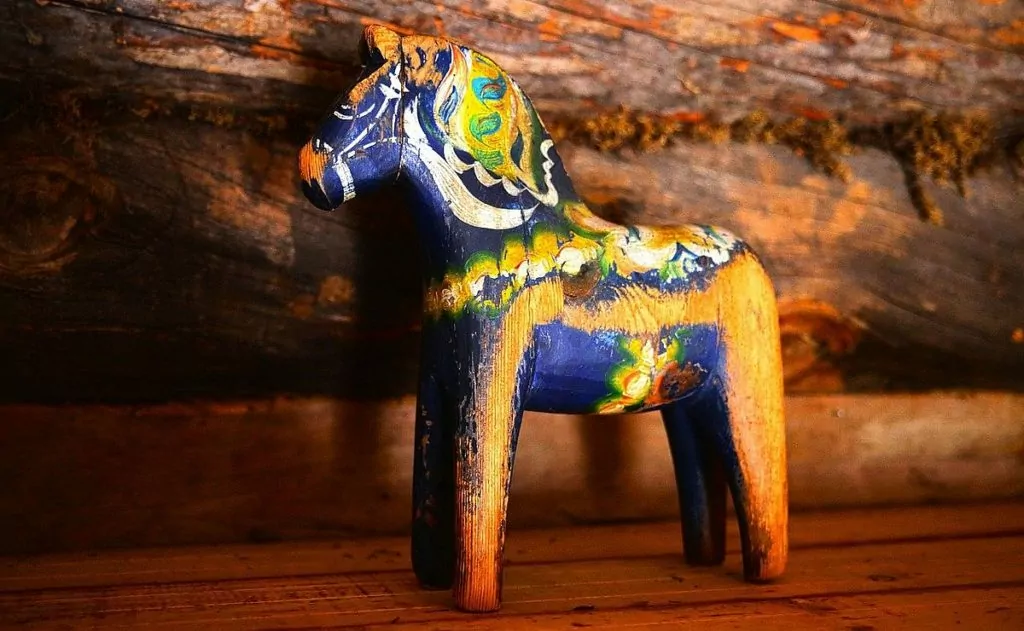
2. In the 19th century, horses got their pattern
In the 1830s, horses began to be painted and given the beautiful pattern for which they are so well known today. The pattern is called mug painting and is closely related to kurbits. Kurbits is a decorative art form from Dalarna, with decorations of fantasy plants with large bunches of flowers and leaves.
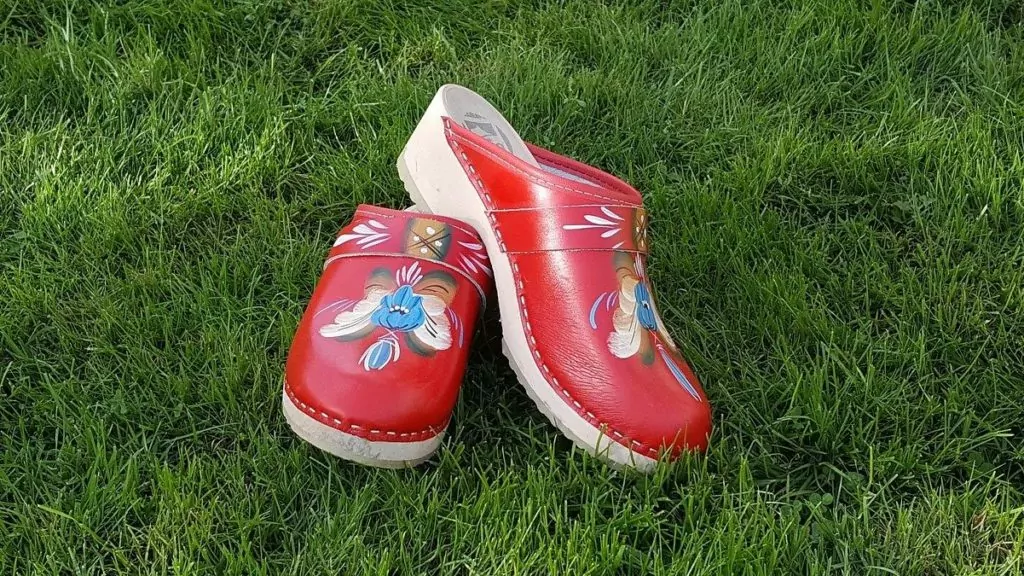
3. The world's oldest Dala horse is dated 1560
The oldest known Dala horse in the world dates back to 1560 and comes from Malung.
4. The horse is an important symbol
Why was it a horse, you might ask, and not a dog or perhaps an elk? There may be different answers to this question, but the horse was important to humans for a long time. The horse was used for work and was also the sacred animal of the Vikings. When Sweden was Christianised, the Church tried to break the power of asatronism over people, partly by changing the way the horse was viewed. However, this was not easy in Dalarna, where the horse had a special place in people's hearts.
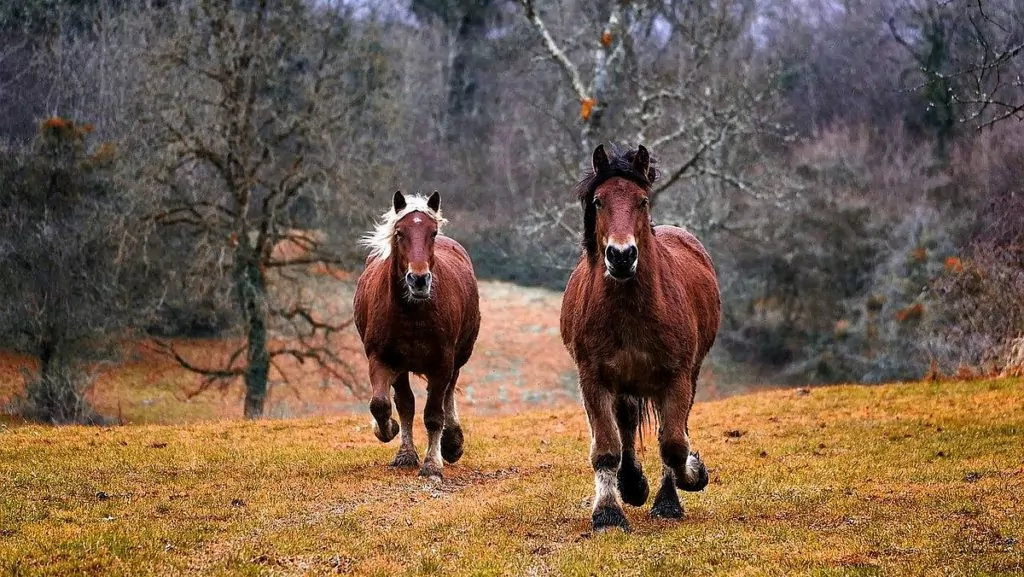
5. The wooden horse was considered the "Devil's toy".
A protocol from a 17th century witch trial describes how the witches used so-called 'berries' - magical wooden objects such as horses - to perform the devil's acts. It also describes how Satan himself distributed these devil's toys to children.
6. The Dala horse is traditionally red - but can have other colours.
Traditionally, the Dala horse is painted red, with details and patterns in colours such as white and blue. However, today you can find Dala horses in all sorts of colours.
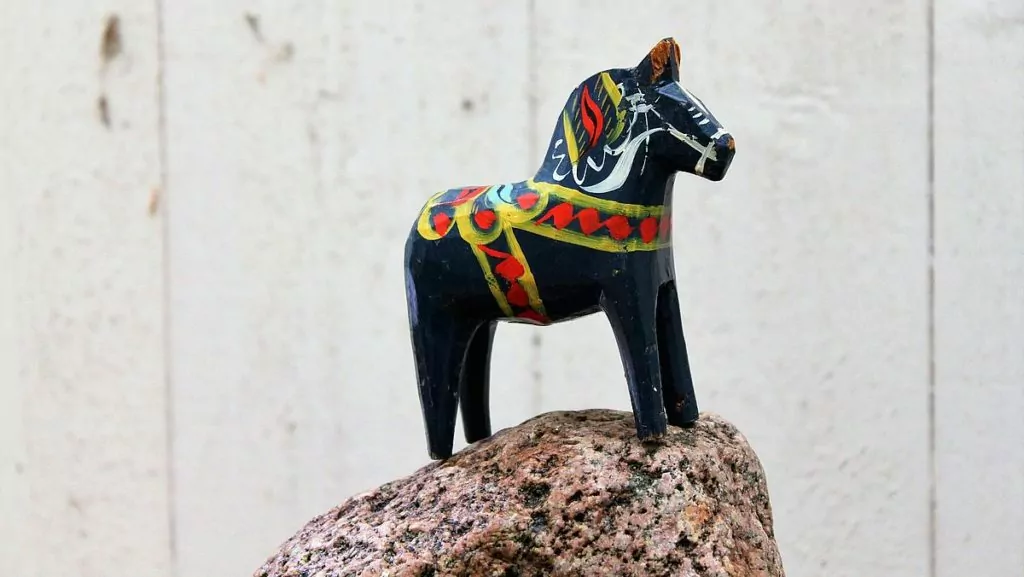
7. Every Dala horse is unique
The mug painting on the horses is painted freehand by skilled decorators. This makes each Dala horse unique.
8. Dala horses are mainly produced in Nusnäs.
Dala horses are mainly produced in Nusnäs, located in the municipality of Mora in Dalarna. Once upon a time there was a very famous carpenter here, named Tysk Anders Gunnarsson, sometimes called Gambel-Damben. Today there are two companies producing Dala horses: Grannas A Olsson Hemslöjd and Nils Olsson Dalahästar.
9. Production in Nusnäs started in 1922
In 1922, when Grannas Anders Olsson was 26 years old, he started a handicraft business in the family's bakery. He was the oldest of nine siblings, and was sometimes assisted by his brothers Nils and Janne, then aged 7 and 9.
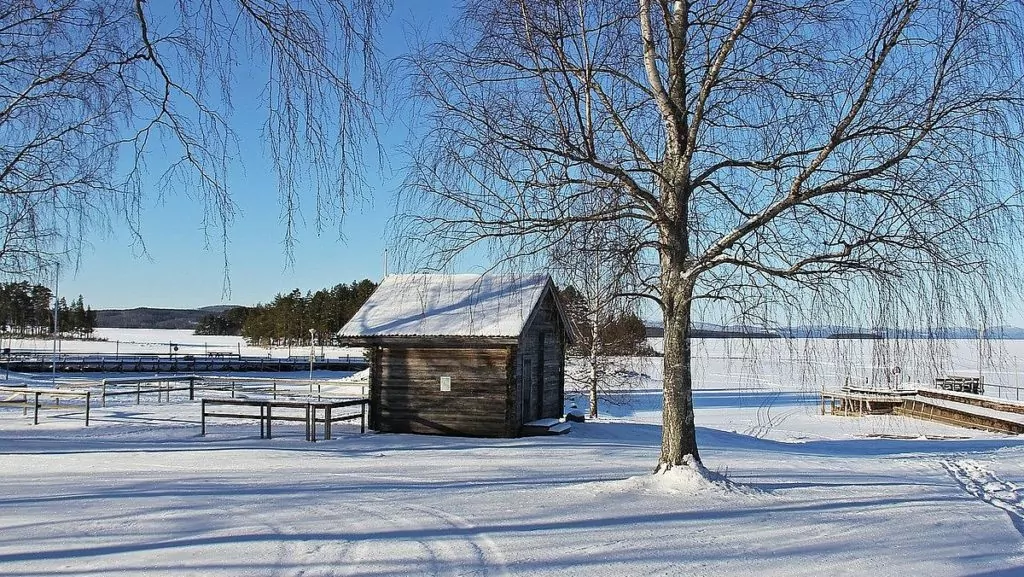
10. There are two companies in Nusnäs that produce Dala horses.
In 1928, six years after Grannas started his company, the two younger brothers, Nils and Janne, founded a competing company. Today, the two companies, Grannas A Olsson Hemslöjd and Nils Olsson Hemslöjd, are still located next to each other in Nusnäs.
11. You can visit the Dala horse factory in Nusnäs.
Nusnäs is a popular destination for those who want to learn more about Dala horses. You can visit the factory and follow every step of the process, from piece of wood to finished horse. You can also take the opportunity to paint your own Dala horse.
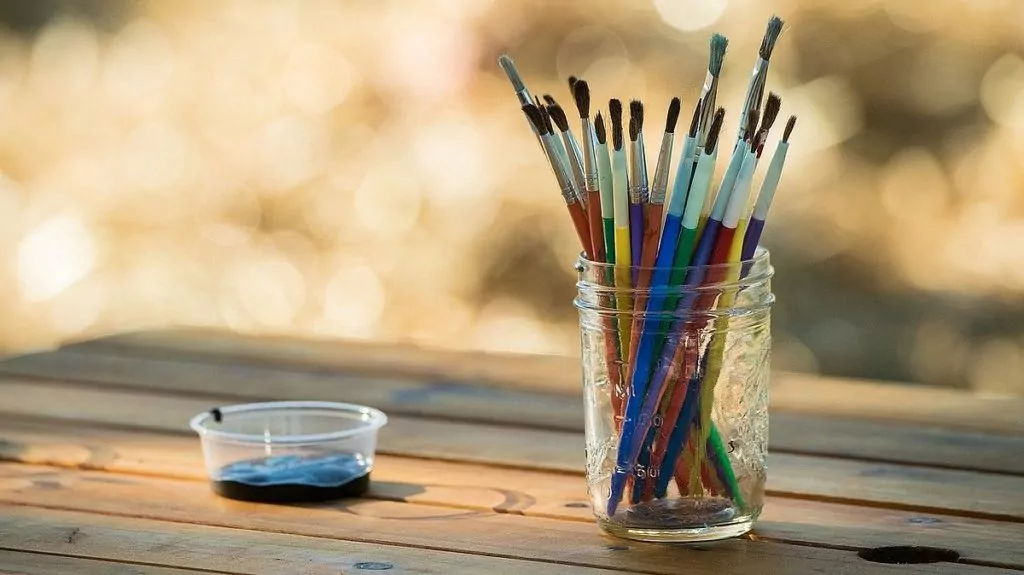
12. Dala horses made of pine wood
In the past, waste wood was used to make the wooden horses, often pine but sometimes also spruce. Today the horses are made from pine. The pine must have grown slowly and have tightly spaced annual rings. Knot-free is a requirement for the smaller sizes.
13. The Dala horse is produced in nine stages of production.
According to the producers in Nusnäs, the Dala horse is produced in nine stages:
- A pine plank is planed and stamped/templated with the horse outline.
- Contour cutting in the first band saw
- Sawing in the second band saw, freehand sawing.
- Carving with a knife
- Dipping in water-based primer
- Spackling and plastering
- Final dipping in primary colour
- "Ripple" - decorative painting with oil colours
- Dipping in clear lacquer.
14. The Dala horse represented Sweden at the 1939 New York World's Fair.
At the 1939 New York World's Fair, Sweden was represented by a three metre high Dala horse which was shipped to New York. In addition, 1000 kg of small Dala horses were sent and sold in the souvenir shop.
15. The Dala horse is a symbol for Sweden
After the 1939 World Fair in New York, the Dala horse had its big breakthrough. The Dala horse is one of the most common symbols of Sweden, and is above all a symbol of traditional Swedish folk culture.
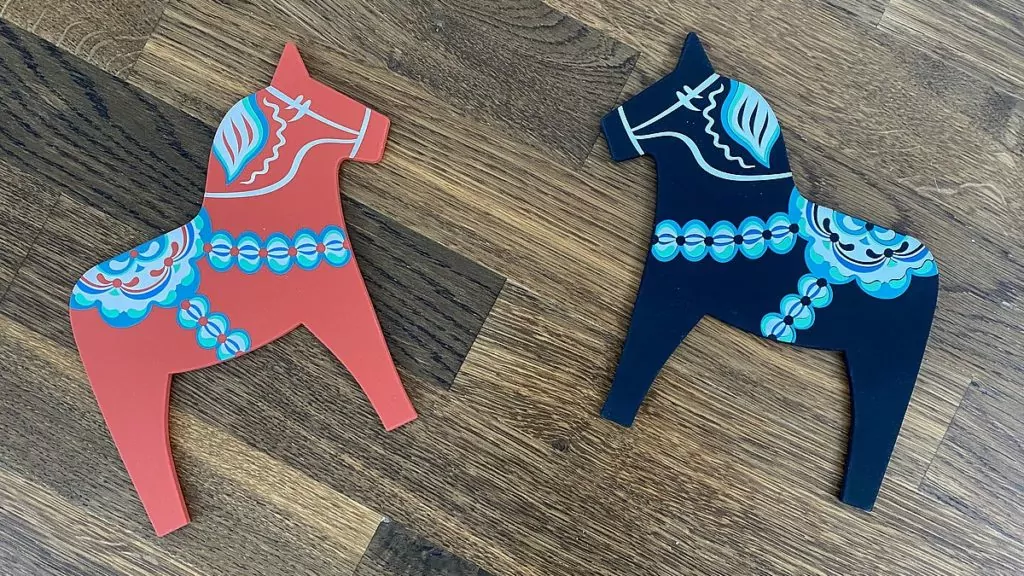
16. The Dala horse is the most common souvenir in Sweden
The Dala horse is the most common souvenir that tourists buy when they visit Sweden. In Nusnäs alone, Dala horses are sold for around SEK 24 million per year.
17. The world's largest Dala horse is in Avesta
The world's largest Dala horse can be found at a rest area on the Riksväg 70 / Riksväg 68 in Avesta. The Dala horse is 13 metres high, 12.8 metres long and weighs 66.7 tonnes. However, the horse, which was inaugurated in 1989, is not made of wood but has a steel frame and a shotcrete shell.
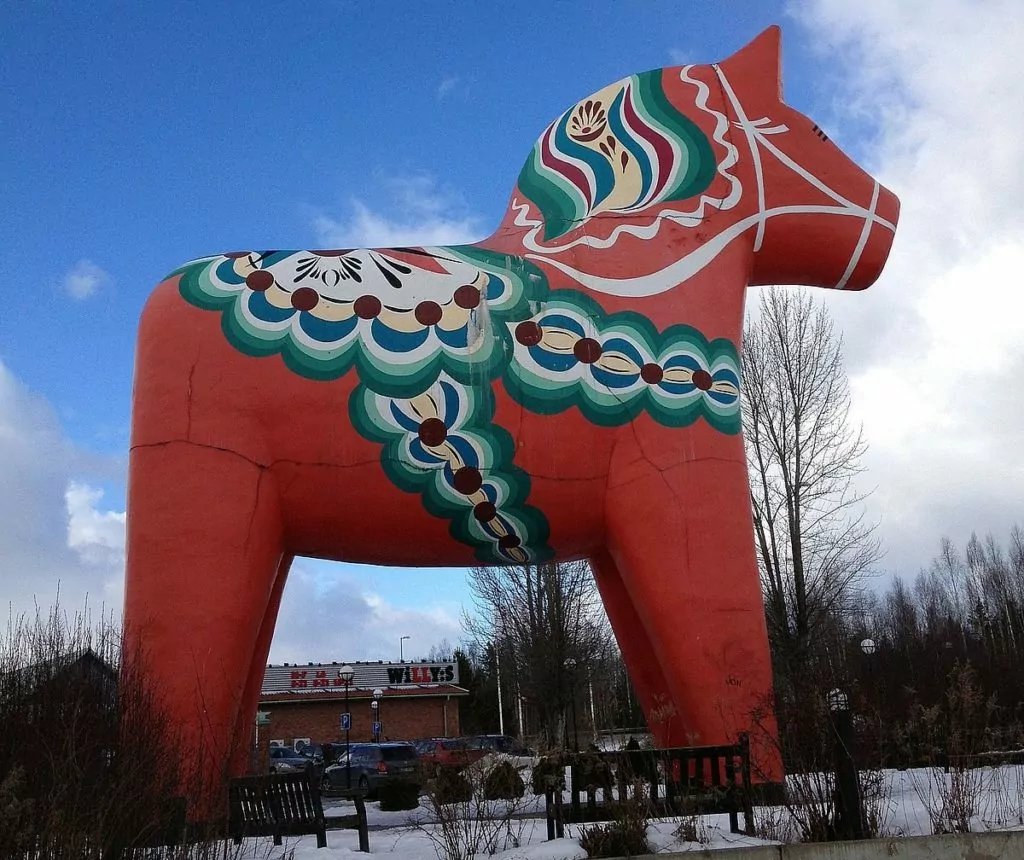
18. The world's largest collection of Dala horses is in Falun.
The Dalarna Museum in Falun houses the world's largest collection of Dalarna horses. Here you will find a permanent exhibition of horses in different colours, models and sizes.
19. The world's smallest Dala horse is 3.4 mm high
The world's smallest Dala horse has been made by Tomas Holst. This horse is 3.4 mm high and 2.2 mm long.
20. There are other types of "Dala horses"
In addition to the traditional Dala horse, there are many other types of 'Dala horses'. Here are some examples;
- Bornhästen - From the village of Born outside Rättvik, probably from 1948.
- The Rättvik horse - Produced since the 1950s, based on an older horse from the 1850s.
- The Siljan horse - Produced since the 1960s.
- Leksand horses - Produced since 1948, the pattern is based on a local wallpaper.
- Ludvika horses - Produced since the 1980s, decoration of flowers.
- Sjurberg horses - From Sjurberg north of Rättvik, produced since 1959.
21. other animals have been depicted in the same way
It is not only horses that have been painted and decorated. Pigs and roosters, for example, have also been depicted in the same style. The island of Sollerön in Siljan has its own symbol, the 'soldtackan', which is a painted and decorated sheep.
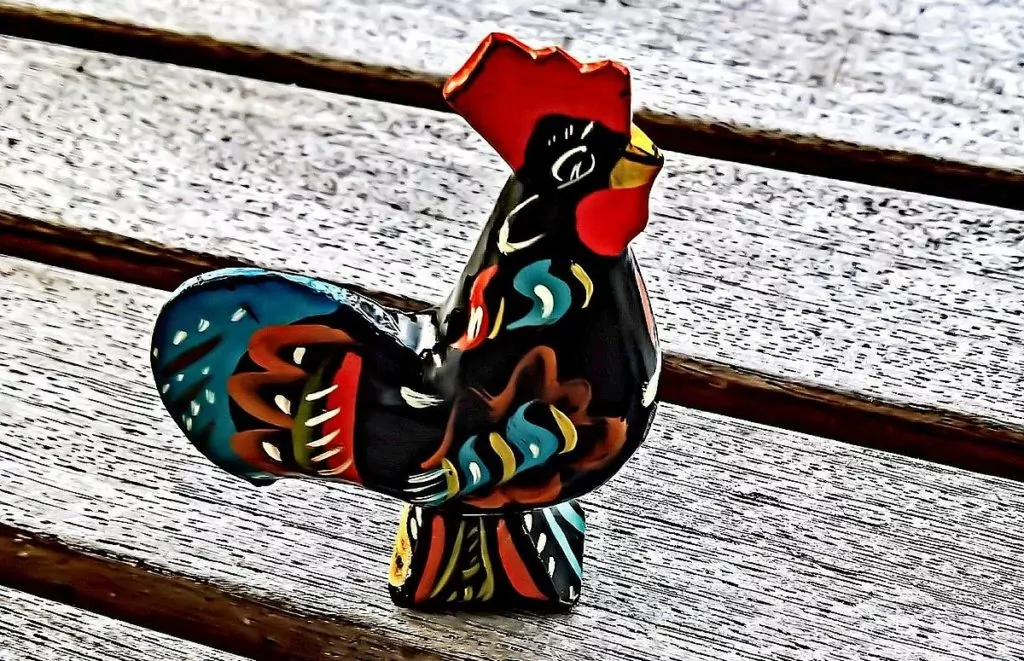
22. Åhléns was recognised for selling hand-carved Dala horses ... from China.
In 2019, several media outlets reported that Åhléns was selling Christmas ornaments in the shape of Dala horses, which were indeed hand-carved ... but in China. Åhléns defended itself, in the an article in SVT Nyheterthat it is partly a question of price, but also a question of capacity. However, one of the producers in Nusnäs replied that they can certainly produce large quantities, if the planning is good.
23. The Dala horse is not a trade mark.
Selling a handmade wooden horse painted as a Dala horse is not illegal. The Dala horse as a symbol is not patent protected. The reason, according to the Swedish Patent and Registration Office, is that it is not possible to protect the design of the horse because the shape is not unique. The pattern is also traditional and has no author. But even if there had been an author, the copyright would have expired, as it is only valid for 70 years.
24. Original manufacturers appreciate Dala horse-related products ... as long as they are not wooden horses.
In another article in SVT Nyheter Christina Liljegren of Grannas Hemslöjd in Nusnäs says that they are basically happy for others to make Dalarna-related products, as long as they are not wooden horses. "It's great fun when you find the pattern on hats, fabrics and other things".
25. Dala horse is called Dala horse or Dalecarlian horse in English.
If you want to talk about Dala horses in English, you can either say Dala horse or Dalecarlian horse.
More fun facts about Dala horses
- If you image google "symbol of Sweden" you will see pictures of Swedish flags, the Swedish coat of arms and moose, but also many pictures of Dala horses.
- Dala horses with own text can be ordered for baptisms, weddings, birthdays, etc. For example, you can have a first name and a date on the horse's chest.
- Dala horses are on all sorts of products such as towels, potholders, trivets, mugs, trays, Christmas tree ornaments, clocks, bags, etc.
More facts about Dala horses?
Do you know any more interesting facts about Dala horses? Or maybe you can share some funny Dala horse memories?
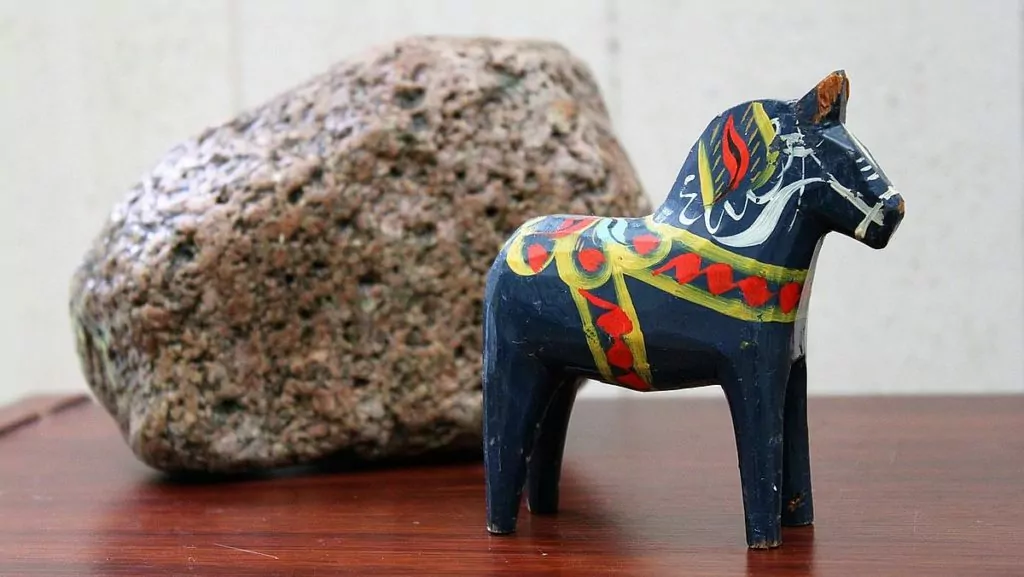
All photos in the post on Dala horse facts are borrowed from Pixabay, except for the photos of Dala horse products in silicone, which are our own photos.


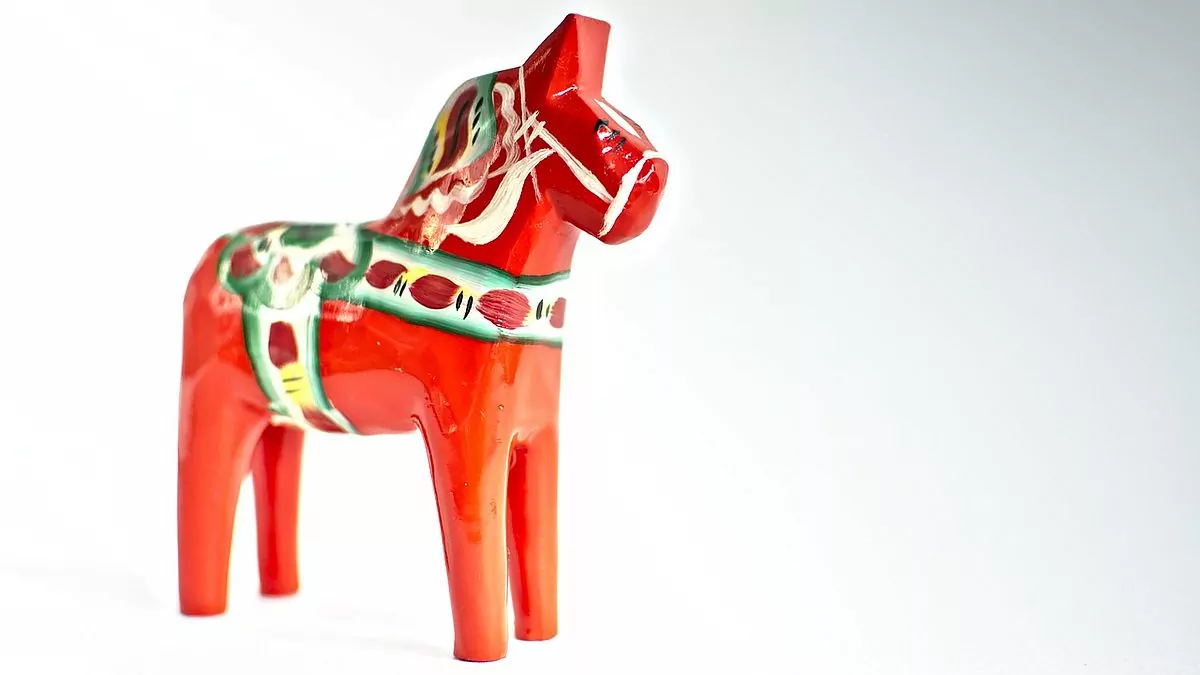






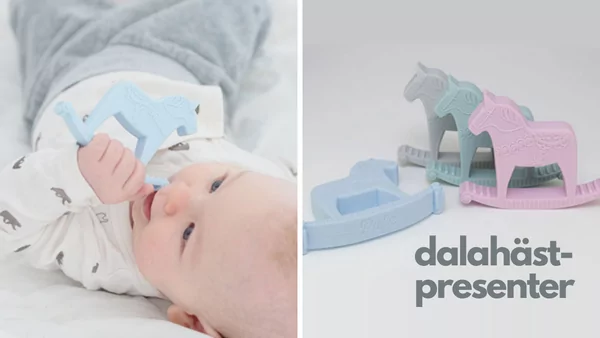
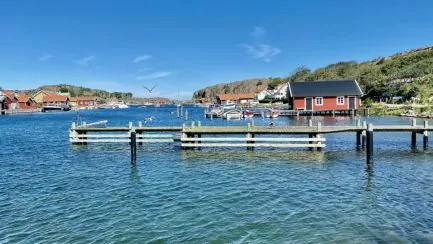
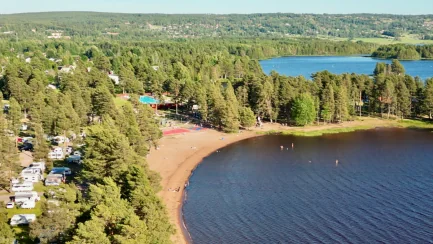
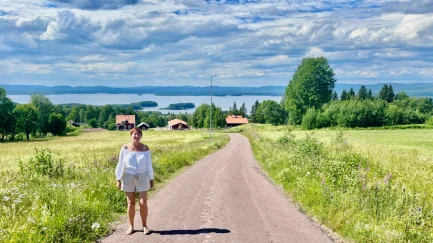
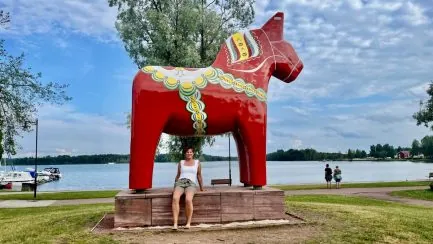
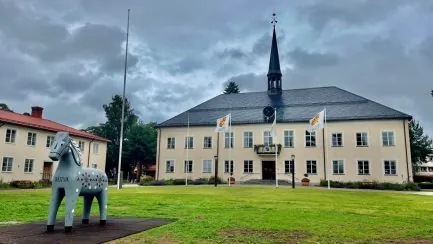




Lena - good for the soul says:
What fun to read some history about this symbol. I like them and have four different ones on the windowsill in the kitchen. And a Dala rooster may arrive at Easter. 🙂
Hug Lena
26 October 2020 - 8:41
Anonymous says:
Hello😔
22 April 2021 - 13:34